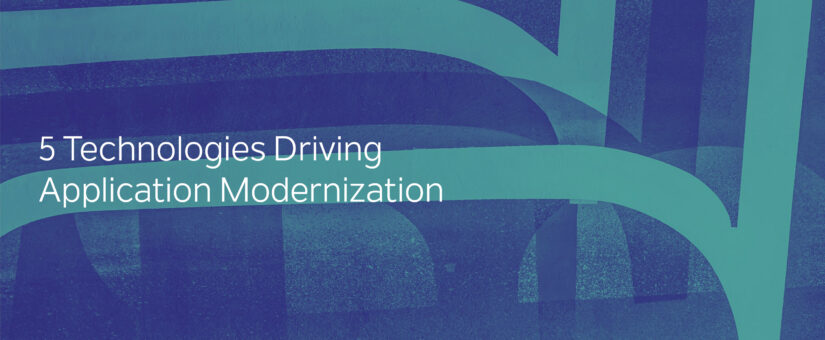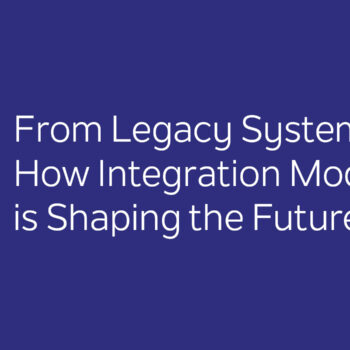
5 Technologies driving Application Modernization
- Posted by Adham Jan
- On July 24, 2023
For organizations to thrive in the ever-evolving world of technology, staying relevant is crucial for businesses. That’s where application modernization comes into play, enabling businesses to revitalize their legacy systems and take advantage of cutting-edge technologies. In this blog, we will dive into the key technologies driving application modernization and explore how they are reshaping the digital landscape.
-
Cloud Computing:
By offering scalable infrastructure and on-demand resources, cloud computing has completely changed how applications are modernized. Businesses can move their applications from on-premises systems to the cloud through cloud platforms like Amazon Web Services (AWS), Microsoft Azure, and Google Cloud Platform (GCP), offering better flexibility, cost-efficiency, and increased performance.
-
Containers and Microservices:
Containers and microservices have gained immense popularity due to their ability to enhance application agility and scalability. Technologies like Docker and Kubernetes enable developers to package applications into isolated containers, making deployment and scaling more efficient. By adopting a microservices architecture, organizations can break down monolithic applications into smaller, independently deployable services, allowing for faster development cycles and easier maintenance.
-
APIs and Integration:
Application Programming Interfaces (APIs) play a crucial role in modernizing applications by facilitating seamless integration between different systems and services. APIs enable the exchange of data and functionality, allowing organizations to leverage existing systems while incorporating new technologies. Integration platforms like MuleSoft, Apache Camel, and Microsoft Azure Logic Apps provide robust tools for API management and integration.
-
DevOps and Continuous Integration/ Continuous Deployment (CI/CD)
DevOps practices and CI/CD pipelines have become essential for application modernization. DevOps encourages collaboration between development and operations teams, fostering faster development cycles, increased automation, and improved software quality. CI/CD pipelines automate the building, testing, and deployment of applications, ensuring rapid and reliable delivery of updates and enhancements.
-
Low-code/No-code Development:
The rise of low-code and no-code development platforms has democratized application development, allowing non-technical users to create and customize applications with minimal coding knowledge. These platforms provide visual interfaces and pre-built components that simplify the development process, accelerating application modernization and empowering citizen developers.
In a rapidly changing world of technology, application modernization plays a vital role in helping businesses stay relevant. By utilizing various advanced technologies, this process revitalizes outdated systems and paves the way for agile, scalable, and future-proof applications. In this blog, we have explored key technologies such as cloud computing, containers, APIs, DevOps, and low-code development that drive this transformation. Embracing these technologies enables businesses to unlock new opportunities, improve user experiences, and gain a competitive edge in the ever-evolving digital landscape. Get ready to witness the remarkable changes as your business embraces innovation and charts a course towards a limitless future.




